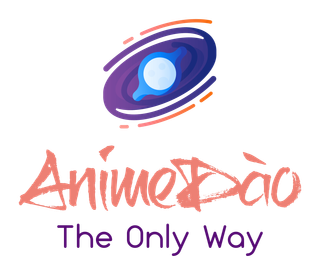Chinese Anime
Why not check out some Chinese Anime? - give IT A TRY -
List of Services
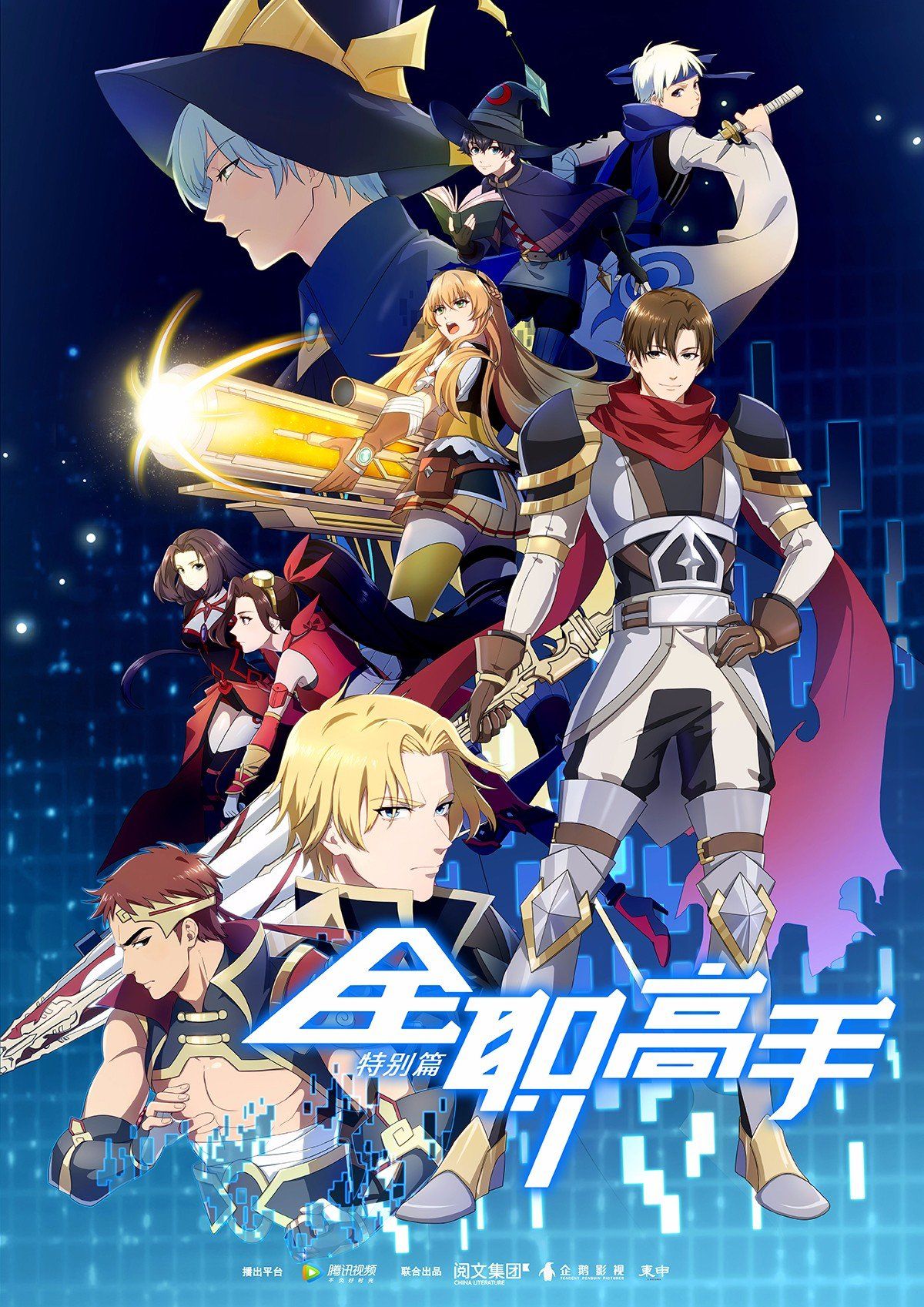
By ALM
•
06 Jun, 2021
Chinese anime or donghua as some people call it has been on the rise recently with some real good titles. Here are the best of the bunch at the moment, however, with more and more chinese titles coming every year, there is a lot of potential for many other titles to appear in this list in the near future
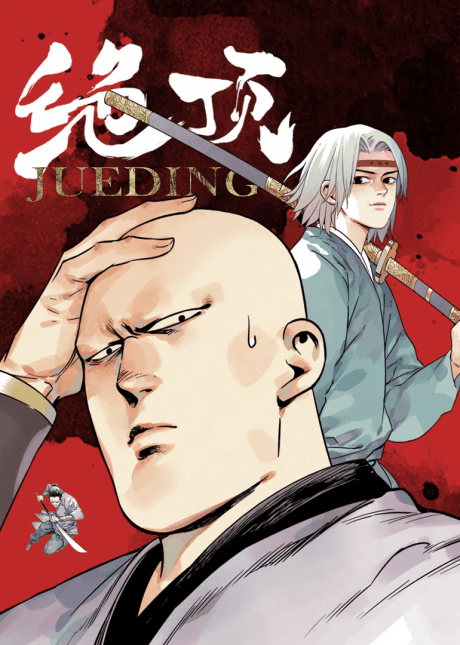
By Skanner
•
23 Jan, 2021
The addition of this chinese manhua adaptation by Seven Stone Entertainment is a great addition to the Winter anime season. I have described in my previous article why this series is one you should look forward to. Jia Fugui, the leader of the Muye School, has crushed the martial world in terms of force, but he is still extremely insecure about his bald head. In order to find a formula for hair growth, he and his second in command traverse the world. (Source - Baka Updates) Original Webcomic
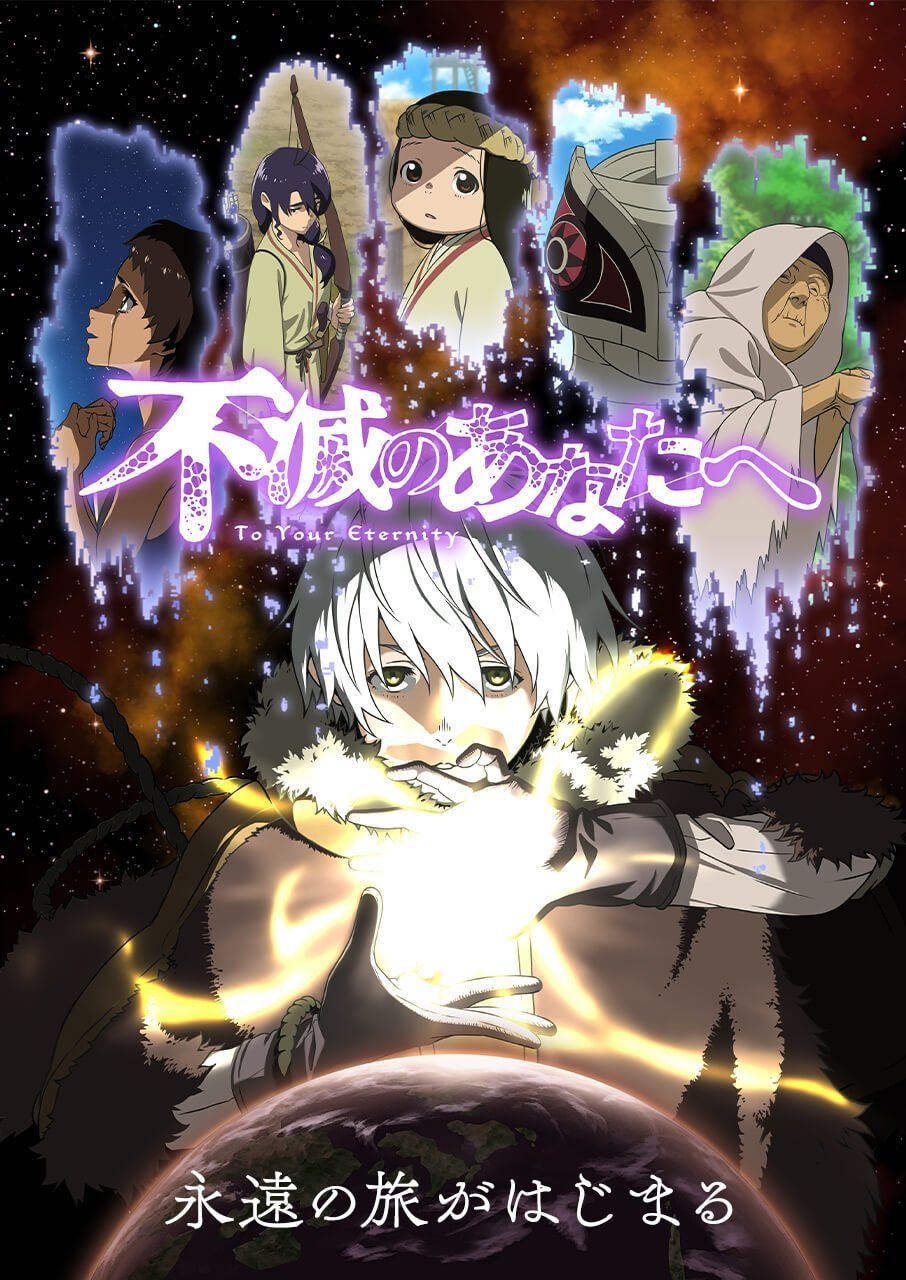
By Skanner
•
27 Dec, 2020
Top lists are always entertaining to make because it gives a way for people to look into the future and express an exciting of a forth coming work. I do first want to set certain regulations for what can make into the list. First. I will exclude any sequels because any sequel will have a certain levels of exciting from people who enjoyed the first season. I want to avoid works like this because I want to highlight exciting for a show in itself not because it is a continuation of another one. Second, I can not guarantee all shows in this list will be adaptation of works, so if they are original works I will only be able to base my recommendation on preview visuals and descriptions. This is an early list and I will be adding and updating it as some series are confirmed for 2021.
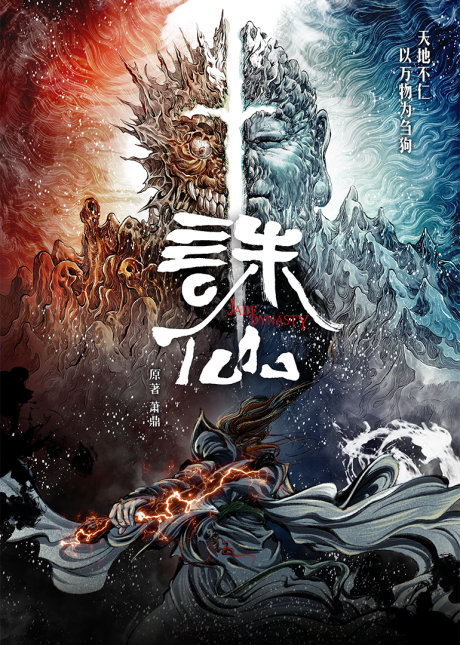
By Skanner
•
15 Dec, 2020
A classic xianxia series, in fact the one that might have started the xianxia & xuanhuan webnovel trend in China to begin with. It is incredibly popular having many media adaptations, mots notably in the form of a online game and a dramas series. However, this is going to be the first time it will be animated. This is a series that has a lot of tragedy, the cultivation world is a cruel world. The main character has to make his way in this world that is not kind or harsh but a blend of the two, perhaps in reference to the yin and yang, the two forces that coexist. In a sense that poster image highlights this well by highlighting the two different faces a devilish one and a peaceful one as well as the contrast between red and blue. I do not want to spoil much here but there is a reason this story is a classic. The studio animating this gem is Cloud Art and it will be a CGI work by the looks of it. They have worked on CGI trailers and the likes and the standard of their works seems decent. One of them being Reversal dimension which I can not say had poor animation, plus I am sure they will have a decent budget to work on this potentially huge IP. Zhu Xian is definitely a series to look out for if you are a cultivation series fan since it will be unlike any other.

By Skanner
•
02 Dec, 2020
I do not know how people respond to the increasing prominence of Chinese animated works english subbed appearing somewhat to feature alongside Japanese ones. I do know that there is a polarisation over what the term anime means and whether it only means Japanese animation or anime inspired animated works in the english speaking world at least. I for once find these distinction rather flawed and I want to express here why even the idea of Chinese, Japanese anime itself are flawed. My first and main criticism comes from how I think these claims that these shows are national in any way are simply false. These shows are very much a transnational effort and it would be wise to recognise that there are other people often outside these countries involved in the process. In Japanese animated works for instance almost always the in-between frames are outsourced work done by studios in South East Asia and Korea. If you are do know what in-between frames are, they are the frames in-between the key frames. They are in essence the most laborious work in animation as they are the frames that give motion to the series by padding the space between each key frame. Therefore, any anime episode will be made up of a majority of in-between frames. I believe you can see where I am getting at here, so in the Japanese anime we watch actually the majority of the frames we see were not drawn in Japan or by Japanese people at all. Outsourcing in the Japanese industry is also not a recent phenomenon. In fact, outsourcing to Korea and other particular South East Asian countries that has been ongoing since at least the 70s. So it therefore has been a thing since anime has expanded in Japan and it precedes by a lot the explosion of Japanese animated works popularity abroad. Initially the Japanese hid this fact by showing only Japanese names in the credits in an attempt to show anime works as an only Japanese work. This is likewise the case for Chinese animation as well, one notable case was the movie Big Fish and Begonia which is notably given as an example of Chinese animation. However, the studio in charge of the animation was Studio Mir, a Korean studio. This is just one of many examples many Chinese animated works also outsourcing like Japanese ones to studios in other countries. In fact, Korea also receives a lot of outsourced work by American animated works such as The Simpsons and the likes. We should acknowledge the work these people do instead of trying to simply brand these works as national projects and not what they really are; transnational projects. I want to pose a question now. Why would something like Avatar The Last Airbender not be considered anime? Is it simply because it was not produced by a Japanese company or because the characters original dub was not in Japanese? I say this because the animators behind the Avatar had worked doing outsourced work for Japanese animated works for years. So why would their own work even if it was for Western audiences not be considered anime as well? What I want to highlight with these questions is that anime exclusive definition as Japanese is simply a falsehood. Most people seem to only think anime can only be Japanese because it is seen as something created solely for Japanese audiences and also that the dubs are in Japanese. However, these frameworks for understanding it are simply poor since anime has a much wider audience than simply Japan and the rise of companies in the production committee from outside Japan prove that. The dubbing voice is also too simplistic and kind of implies only the voicing work matters and the work by animators from other countries do not matter. I hope we can recognise how anime is transnational and not national and attempts to define it in national terms are simplistic and often mean work by many people are forgotten.
